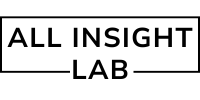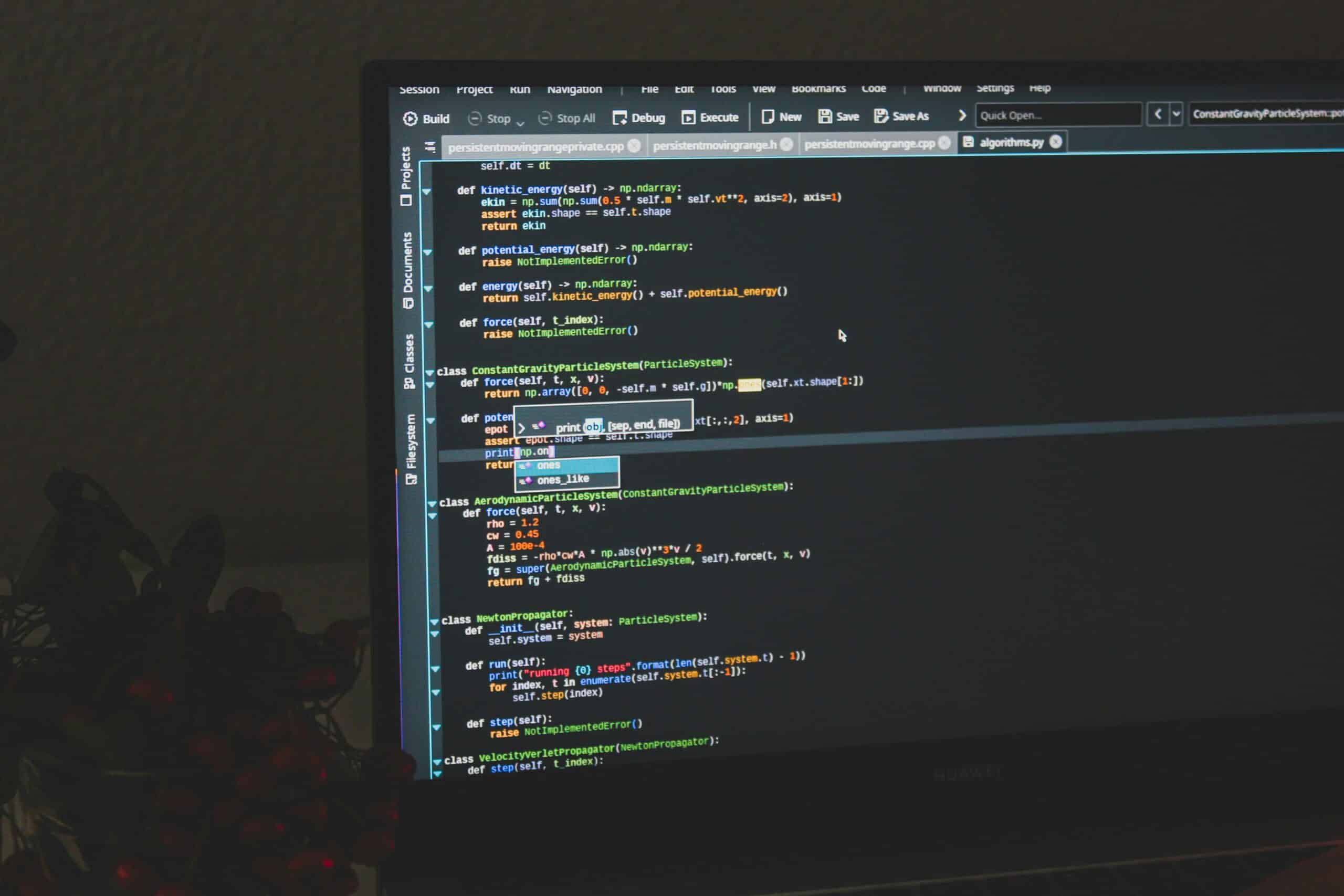Introduction
Coding the Dreamscape: Python and Neural Dream Recording. Imagine a world where dreams are not just fleeting night-time experiences but tangible data we can decode, interpret, and even replay. Welcome to the frontier of neural dream recording — an area where neuroscience and artificial intelligence (AI) intersect, and Python is becoming the programming language of choice. In 2025 and beyond, Python is playing a pivotal role in enabling researchers to dive into the world of dreams, building software that can analyze brain activity and simulate visual content generated during REM sleep.
This blog explores how Python is powering innovations in neural dream recording, from decoding brain signals to constructing dream-like visuals using AI models. We’ll explore the technologies involved, the challenges ahead, and how Python is making what was once science fiction a growing scientific reality.
Table of Contents
The Science of Dream Recording
Dream recording involves using neuroimaging technologies like electroencephalography (EEG), functional magnetic resonance imaging (fMRI), and machine learning algorithms to interpret and reconstruct dreams. Scientists analyze patterns in the brain’s electrical activity during REM sleep to predict the kind of imagery a person is experiencing.
Breakthroughs in this field are fueled by AI, particularly deep learning models trained on brain activity data. The results are still early-stage, but they’re exciting: researchers have managed to recreate vague visual representations from dreams and even match them to similar real-world images.
Python’s Role in Neural Dream Decoding
Python has emerged as the de facto language in neural decoding due to its powerful ecosystem of scientific libraries and intuitive syntax. Here’s how Python is driving innovation in dream recording:
1. Data Collection and Preprocessing
Python is used to interface with EEG and fMRI machines, capture neural activity data, and clean it for analysis. Libraries such as:
MNE-Python: for EEG and MEG data processingNiBabel: for loading and working with neuroimaging dataNumPy,Pandas: for structuring and managing brain data
These tools make it easier to preprocess massive amounts of raw data from sleep studies and convert them into meaningful input for machine learning models.
2. Machine Learning for Dream Pattern Recognition
Python frameworks like TensorFlow, PyTorch, and scikit-learn are used to train models to identify correlations between neural signals and visual imagery. Some researchers have trained models to predict categories of dream content, such as people, landscapes, or emotions.
These models rely on convolutional neural networks (CNNs) that can map brain activity patterns to similar image embeddings — sometimes using image datasets like ImageNet for comparison.
3. Reconstruction Using Generative AI
Once dream content is classified, generative models like GANs (Generative Adversarial Networks) or VAEs (Variational Autoencoders) — often coded in Python — can reconstruct what the dream might look like. This step turns abstract brain signals into pixelated interpretations of dreams.
Libraries like:
OpenCV: for visual data manipulationStable Diffusion,DALL·E: to generate visuals from abstract inputMatplotlibandSeaborn: to visualize and interpret results
…allow developers to bring dreamscapes to life.
Real-World Research Using Python
– The Kyoto University Study
In a landmark study, researchers at Kyoto University used fMRI data and deep neural networks to identify and reconstruct objects seen in dreams. They used Python-based software to process and analyze the visual cortex’s activity patterns.
– UC Berkeley’s Dream Decoding Experiments
Berkeley scientists trained models to map fMRI signals to YouTube videos watched by participants. With Python’s help, they began matching dream imagery to actual frames from videos — a process eerily similar to reading minds.
– MIT’s AI+Brain Lab
MIT is experimenting with Python models to decode emotional states and symbolic content in dreams, pushing boundaries beyond just images to feelings and concepts.
Challenges in Dream Decoding
1. Data Limitations
Dream data is hard to collect. fMRI machines are expensive, and recording while someone is asleep presents logistical issues. Python helps by offering tools to optimize and augment small datasets, but the limitations remain.
2. Privacy and Ethics
If we can record dreams, we must address who owns this data. Could dreams be admissible as evidence? Could companies exploit them for advertising? Python developers working in this space must also think like ethicists.
3. Accuracy and Subjectivity
Dreams are abstract and symbolic. Two people may dream about the same thing but interpret it differently. Models can only decode what they’re trained to understand. Python helps by enabling experimentation with a wide range of algorithms, but human subjectivity is still a major barrier.
The Future of Dream Coding with Python
– Neuroadaptive Interfaces
Imagine a Python program that can recognize when you’re dreaming and trigger lucid dreaming by interfacing with your neural signals. Future UIs could allow dream control using real-time neural feedback.
– Personal Dream Archives
Your dreams could be stored, categorized, and even edited. Python frameworks could allow users to explore their own dream histories like a Netflix library — including search filters for emotion, color, or symbolism.
– Dream Therapy Tools
Psychologists may use Python apps to replay dreams, helping patients confront trauma or understand suppressed emotions. NLP tools might analyze dream narratives to suggest therapeutic directions.
– Creative Dream-Driven Content
AI models trained on dreams could help authors, filmmakers, and game developers create surreal content. With Python at the helm, creative AI may take its next big inspiration from the subconscious.
How You Can Get Started
Want to explore this cutting-edge intersection of neuroscience and code? Here’s how to dive in:
- Learn Python Basics: Get comfortable with Python libraries like
NumPy,Pandas, andMatplotlib. - Explore Neuroimaging Tools:
- Experiment with Deep Learning:
- Use
TensorFloworPyTorchto build and train neural networks. - Try visual generation with Stable Diffusion or
DALL·E.
- Use
- Follow Neuroscience Research: Platforms like arXiv.org and Google Scholar publish the latest findings in dream recording.
Conclusion
The idea of recording and interpreting dreams may seem like pure science fiction, but Python is helping bring it closer to reality. As AI models grow more sophisticated and brain-computer interfaces become more accurate, the potential to decode the subconscious becomes increasingly feasible.
Whether it’s for mental health, art, or personal curiosity, neural dream recording represents a fascinating frontier where Python plays a starring role. As we code deeper into the dreamscape, we’re not just building software — we’re opening the door to the sleeping mind.
Further Reading & Links
Want to build the next dream reader in Python? Maybe your code will be the first to decode the human subconscious. The dream world awaits.
Find more Python content at: https://allinsightlab.com/category/software-development

